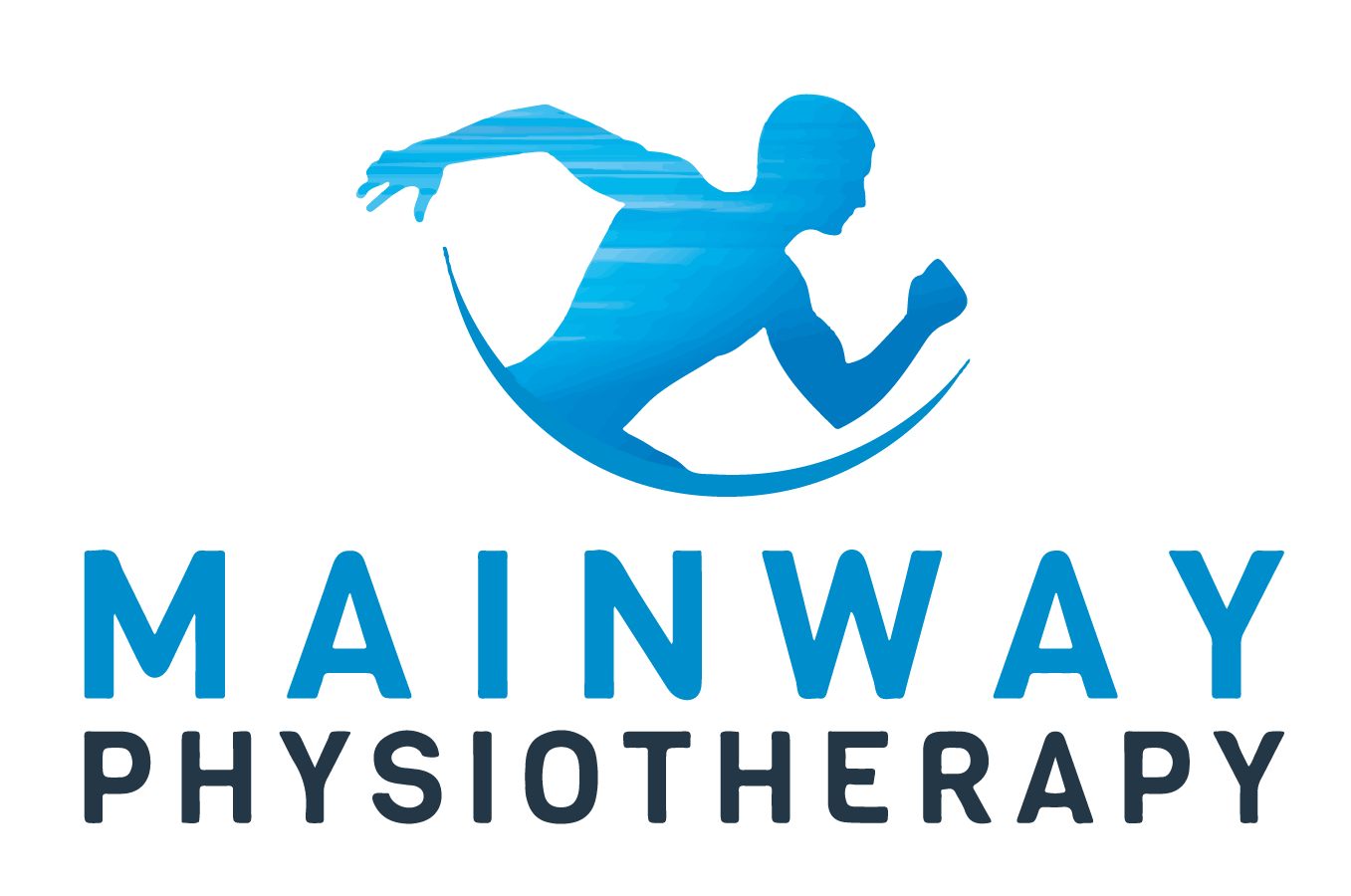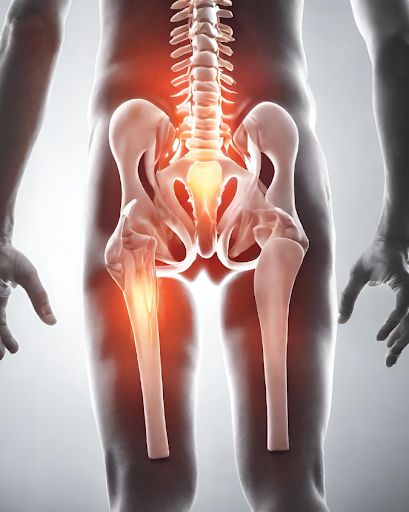Sciatica: Causes, Symptoms, Treatment, and Management
Sciatica is a medical condition described by pain traveling along the sciatic nerve. It can be distressing and significantly disrupt daily life. Despite its prevalence, sciatica remains one of the most misunderstood types of pain.
Let's explore the causes, symptoms, treatment options, management strategies, and the role of physiotherapy in mitigating the long-term impact of sciatica.
What is Sciatica?
The sciatic nerve is the body's longest nerve and runs from the lower back through the hips and down the leg. Sciatica occurs when this nerve is irritated or compressed, leading to pain, tingling, or numbness. It often affects one side of the body and can vary from mild discomfort to severe pain.
Causes of Sciatica
Several factors contribute to the development of sciatica. Those experiencing acute or chronic back pain are more prone to it. Common risk factors also include obesity, smoking, or a sedentary lifestyle. The following conditions significantly contribute to sciatica:
Herniated Discs: When the soft inner material of a spinal disc protrudes through its tough outer shell, it can press on the nerve roots that form the sciatic nerve.
Spinal Stenosis: The narrowing of the spinal canal can compress the nerves, including the sciatic nerve.
Spondylolisthesis: When a vertebra slips out of place and squeezes the nerves.
Degenerative disc disease: A condition where the discs in the spine break down with age, making them more likely to bulge or herniate and press on the sciatic nerve.
Piriformis syndrome: Piriformis syndrome is when the piriformis muscle, located in the buttocks, spasms and compresses the sciatic nerve.
Muscle Spasms: Tightening muscles in the back or buttocks can irritate the sciatic nerve.
Injury or Trauma: Accidents or injuries to the spine may lead to sciatica.
Symptoms of Sciatica
Sciatica pain originates in the lower back and extends down the leg. This pain is often described as sharp, burning, or tingling. Additionally, individuals with sciatica might experience other symptoms, including:
Numbness or tingling sensations in the leg or foot
Weakness, specifically in the leg or foot
Difficulty in movement involving the leg or foot
Diagnosis of Sciatica
Sciatic pain is not a diagnosis but a description of the pain that starts in your lower back and goes down the leg. It involves a comprehensive assessment by a healthcare professional to determine if you are suffering from sciatic pain. You will likely be asked about your medical history and symptoms and have a physical examination. Imaging tests, such as an X-ray, MRI, or CT scan, may also be necessary to rule out other causes of your pain.
Treatment and Management of Sciatica
The treatment and management of sciatica aims to alleviate pain and improve function. Some common approaches include:
Rest: Resting for a day or two may help to relieve pain. However, it is important to avoid staying inactive for too long, as this can make your symptoms worse.
Hot and Cold Therapy: Alternating between hot and cold packs could alleviate pain and reduce inflammation.
Medications: Over-the-counter pain relievers like ibuprofen or prescription medications to reduce inflammation and alleviate pain.
Physiotherapy: Specific exercises and stretches can help strengthen muscles, improve flexibility, and reduce pressure on the sciatic nerve.
Manual Therapy: This can include joint or soft tissue mobilization, stretching and range-of-motion exercises, and postural correction.
Epidural Steroid Injections: These injections deliver anti-inflammatory medication directly into the affected area to reduce swelling and relieve pain.
Surgery: In severe cases where other treatments haven't provided relief, surgery may be considered to alleviate pressure on the affected nerve.
Mainway Physiotherapy: Your Partner in Managing Sciatica
Managing sciatica requires a comprehensive approach tailored to individual needs. This is where Mainway Physiotherapy steps in as your support. We offer specialized care and a range of treatments to address sciatica. Our experienced team designs personalized treatment plans, incorporating exercises, manual therapy, and modalities to target sciatica's root causes while relieving pain, improving mobility, and enhancing function.
Through the gradual progression of exercises and therapies, we help restore strength, flexibility, and function while minimizing sciatic nerve irritation.
Sciatica can significantly impact your daily life, but understanding its causes, symptoms, and available treatments is the first step towards managing and alleviating its effects. With the comprehensive care and specialized approach offered by Mainway Physiotherapy, you can take proactive steps to minimize the implications of sciatica, regain functionality, and improve your quality of life.
Don't let sciatica hold you back—seek the support you need, reach out to Mainway Physiotherapy, and take the first step towards a pain-free life.




